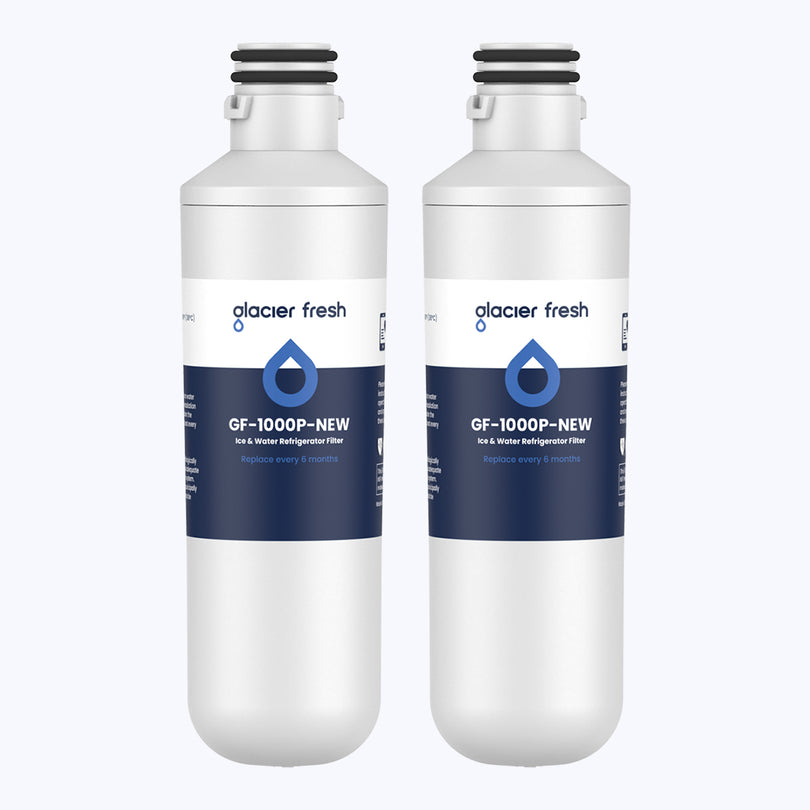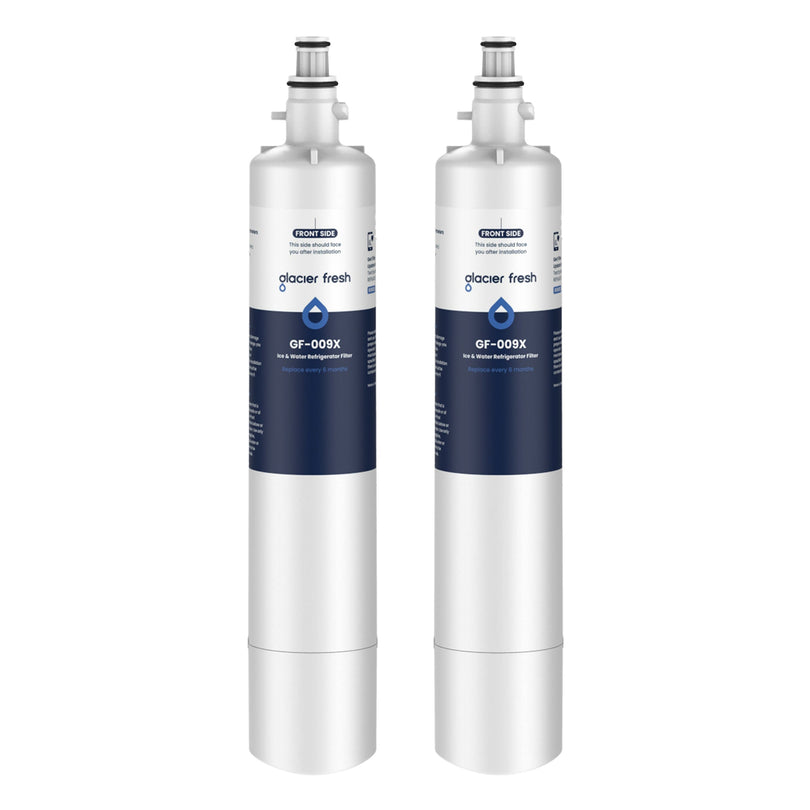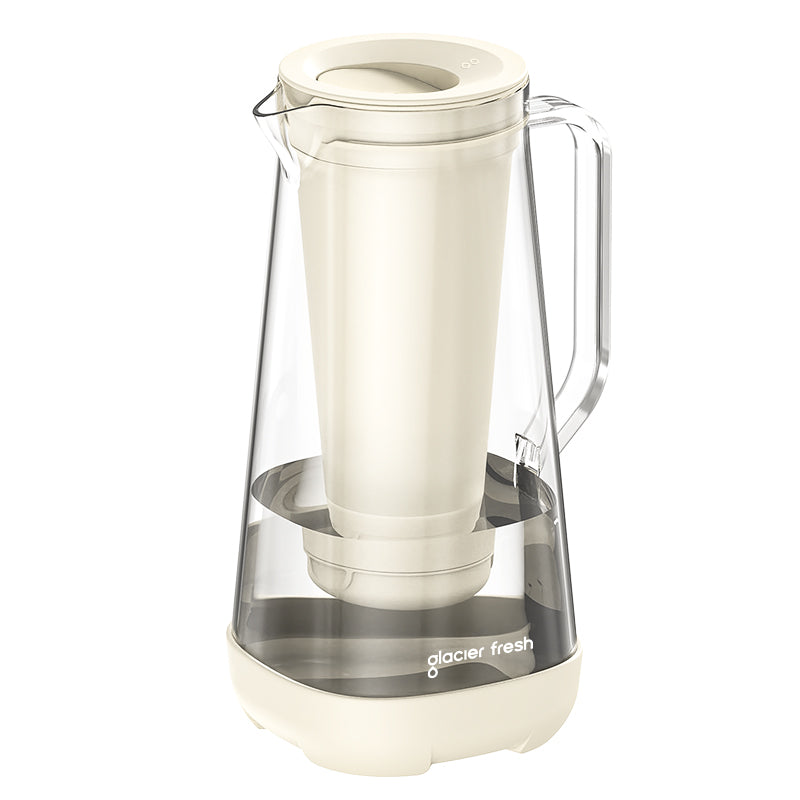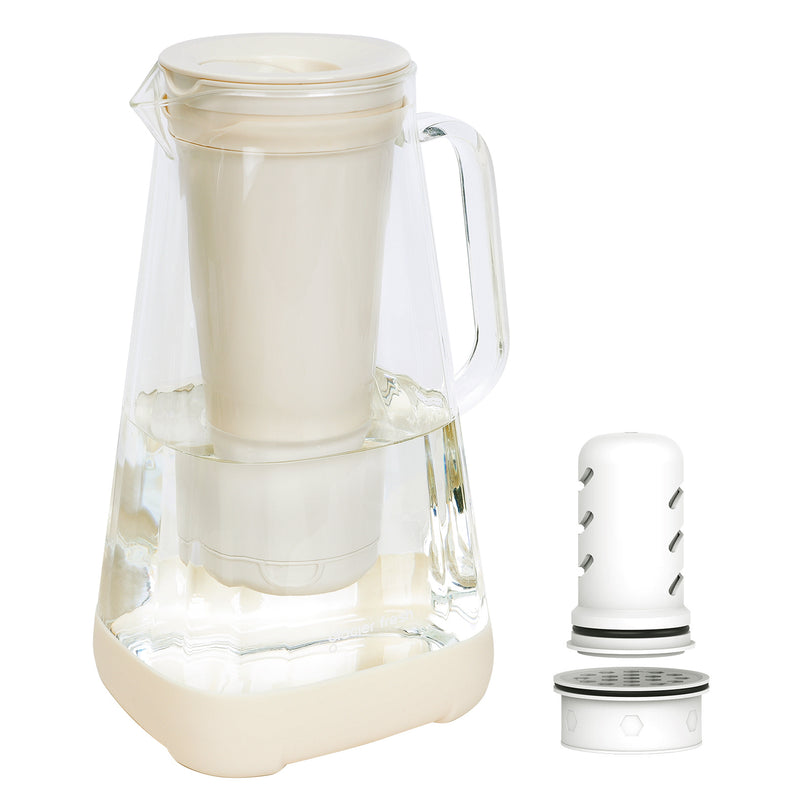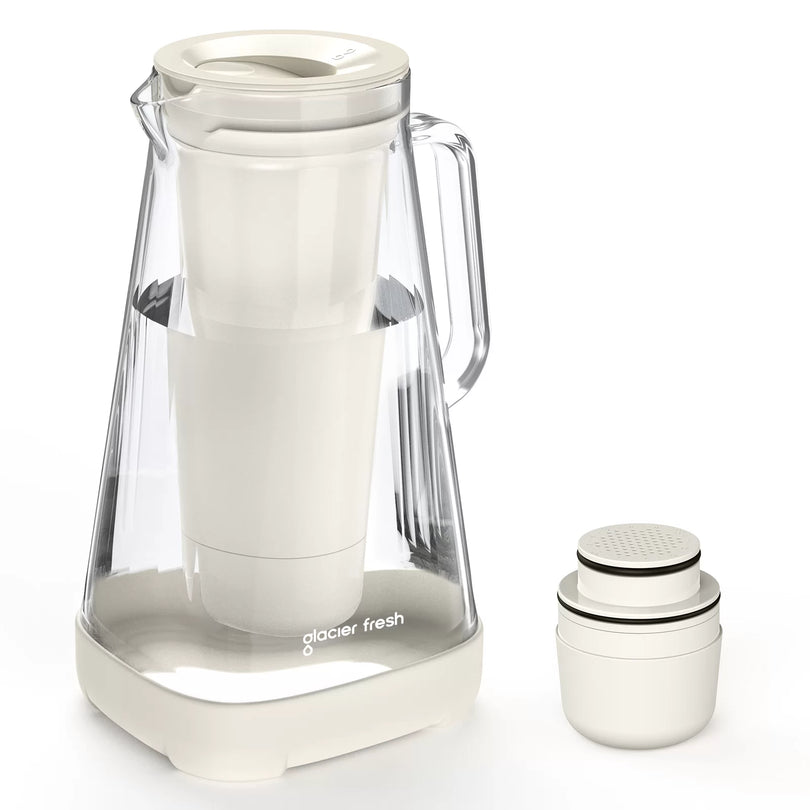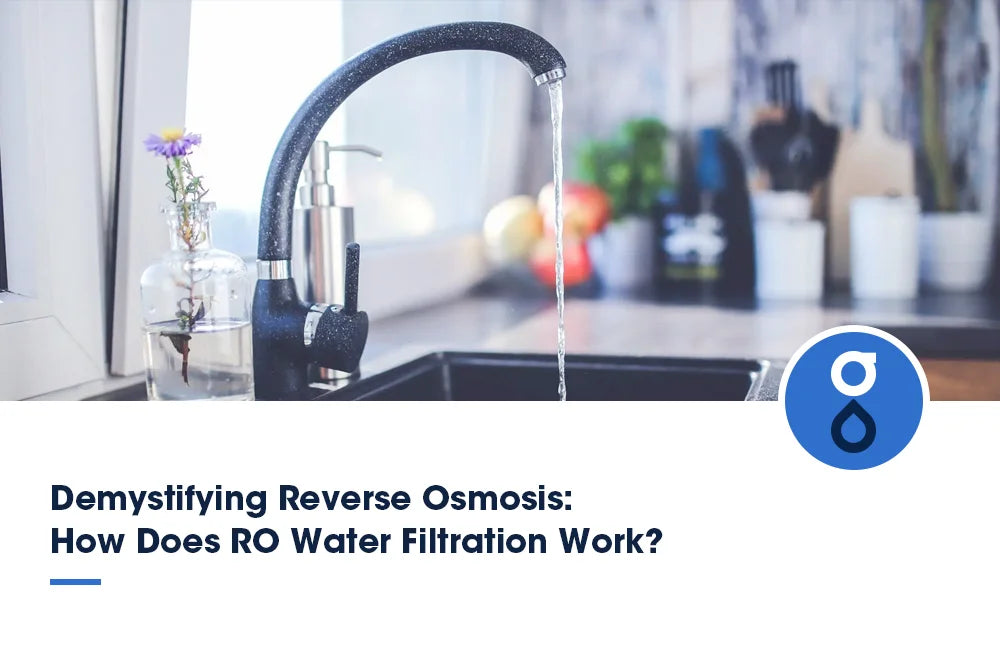Table of Contents:
Was sind durch Wasser übertragene Krankheiten?
Arten von durch Wasser übertragbaren Krankheitserregern
Häufige durch Wasser übertragene Krankheiten
Was sind die Ursachen für durch Wasser übertragene Krankheiten?
Die Auswirkungen von durch Wasser übertragenen Krankheiten auf die öffentliche Gesundheit
Maßnahmen zur Prävention und Bekämpfung von durch Wasser übertragbaren Krankheiten
FAQs
Abschluss
Durch Wasser übertragene Krankheiten lauern in verunreinigtem Wasser und stellen ein erhebliches Gesundheitsrisiko dar. Mikroorganismen wie Bakterien, Viren und Parasiten im Abwasser oder Abfluss können bei Aufnahme schwere Symptome verursachen. Die Vorbeugung von durch Wasser übertragenen Krankheiten erfordert das Verständnis der Risiken und die Umsetzung wirksamer Präventionsstrategien. Bewusstsein und angemessene Hygiene sind entscheidend, um Ihr Wohlbefinden vor diesen potenziell gefährlichen Krankheitserregern zu schützen.
Was sind durch Wasser übertragene Krankheiten?

Durch Wasser übertragene Krankheiten sind Krankheiten, die durch Mikroorganismen verursacht werden, die Wasserquellen verunreinigen. Die Krankheitsübertragung erfolgt, wenn diese Erreger durch verunreinigtes Wasser in den Körper gelangen und verschiedene Gesundheitsrisiken bergen. Der Konsum oder Kontakt mit verunreinigtem Wasser kann zu schweren Erkrankungen wie Cholera, Typhus und Ruhr führen. Diese Krankheiten können sich in Gemeinden mit knappen sauberen Wasserquellen schnell ausbreiten, was die Bedeutung von Wasseraufbereitung und Hygienepraktiken unterstreicht.
Das Trinken von unbehandeltem, mit Fäkalien verunreinigtem Wasser aus Flüssen, Seen oder Brunnen kann schädliche Bakterien, Viren und Parasiten in Ihren Körper einbringen und Magen-Darm-Beschwerden sowie potenziell lebensbedrohliche Erkrankungen verursachen. Schon die Einnahme kleiner Mengen kontaminierten Wassers kann innerhalb weniger Stunden oder Tage Symptome wie Durchfall, Erbrechen und Dehydrierung auslösen.
Arten von durch Wasser übertragbaren Krankheitserregern

Verschiedene Mikroorganismen, darunter Bakterien, Viren und Parasiten, sind für durch Wasser übertragene Krankheiten verantwortlich. Die Identifizierung der Erreger ist entscheidend, um die Arten von durch Wasser übertragenen Krankheitserregern zu verstehen, die Wasserquellen kontaminieren können. Diese Krankheitserreger können über verschiedene Übertragungswege in Gewässer gelangen, z. B. durch fäkale Kontamination, landwirtschaftliche Abflüsse und unbehandelte Abwässer. Um durch Wasser übertragene Krankheiten zu verhindern, ist es wichtig, die verschiedenen Arten von Krankheitserregern in Wasserquellen zu kennen. Hier sind fünf wichtige Arten von durch Wasser übertragenen Krankheitserregern:
- Bakterien: Beispiele sind Escherichia coli (E. coli) und Salmonellen.
- Viren: Zu den häufig im Wasser vorkommenden Viren gehören das Hepatitis-A-Virus und das Norovirus.
- Parasiten: Durch Wasser übertragene Parasiten wie Giardia und Cryptosporidium stellen ein erhebliches Gesundheitsrisiko dar.
- Protozoen: Krankheitserreger wie Entamoeba histolytica können schwere Magen-Darm-Erkrankungen verursachen.
- Pilze: Bestimmte Pilze wie Aspergillus und Fusarium können Wasserquellen verunreinigen und zu Infektionen führen.
Das Verständnis dieser verschiedenen Arten von durch Wasser übertragenen Krankheitserregern ist für die Umsetzung wirksamer Behandlungsmöglichkeiten und Präventivmaßnahmen zur Gewährleistung der Wassersicherheit von entscheidender Bedeutung.
Häufige durch Wasser übertragene Krankheiten
Welche häufigen durch Wasser übertragenen Krankheiten gefährden die öffentliche Gesundheit? Mehrere häufige Krankheiten können Personen betreffen, die verunreinigtes Wasser konsumieren. Diese Krankheiten entstehen oft durch in Wasserquellen vorhandene Krankheitserreger und können zu verschiedenen Symptomen führen, die das allgemeine Wohlbefinden der Betroffenen beeinträchtigen. Die richtige Behandlung der Symptome, eine rechtzeitige Behandlung und das Verständnis der Umweltfaktoren sind entscheidend für die wirksame Bekämpfung dieser Krankheiten.

Jede dieser Krankheiten erfordert eine spezifische Symptombehandlung und Behandlungsmöglichkeiten. Um ihre Ausbreitung zu verhindern und einzudämmen, ist es wichtig, die Umweltfaktoren zu verstehen, die zur Verbreitung dieser Krankheiten beitragen.
Was sind die Ursachen für durch Wasser übertragene Krankheiten?

Das Verständnis der Ursachen wasserbedingter Krankheiten ist entscheidend, um Kontaminationsquellen zu identifizieren und wirksame Präventionsmaßnahmen zu ergreifen. Wasserverschmutzung, mangelnde Hygiene und Infektionserreger spielen eine bedeutende Rolle bei der Verbreitung dieser Krankheiten:
- Wasserverunreinigung: Schadstoffe wie Chemikalien, Schwermetalle und Mikroorganismen können auf verschiedenen Wegen in Wasserquellen gelangen und dort möglicherweise Krankheiten übertragen.
- Mangelhafte Hygiene: Unzureichende Hygienepraktiken, wie etwa die unsachgemäße Entsorgung von Abfällen und der fehlende Zugang zu sauberen Einrichtungen, tragen zur Verunreinigung von Wasserquellen und zur Verbreitung von durch Wasser übertragbaren Krankheitserregern bei.
- Infektionserreger: Pathogene wie Bakterien, Viren und Parasiten sind häufige Verursacher von durch Wasser übertragenen Krankheiten und verursachen Erkrankungen, wenn sie über verunreinigtes Wasser aufgenommen werden.
Die Auswirkungen von durch Wasser übertragenen Krankheiten auf die öffentliche Gesundheit

Durch Wasser übertragene Krankheiten stellen eine erhebliche Bedrohung für die öffentliche Gesundheit dar, da sie durch die Verunreinigung des Wassers mit Krankheitserregern schwere Erkrankungen verursachen können. Das öffentliche Bewusstsein spielt eine entscheidende Rolle beim Verständnis der mit diesen Krankheiten verbundenen Risiken. Mangelndes Wissen über durch Wasser übertragene Krankheiten kann zu unzureichenden Präventionsmaßnahmen führen und so die Wahrscheinlichkeit einer Krankheitsübertragung erhöhen.
Die gesundheitlichen Folgen von durch Wasser übertragenen Krankheiten können schwerwiegend sein und von leichten Magen-Darm-Beschwerden bis hin zu lebensbedrohlichen Erkrankungen wie Cholera und Typhus reichen. Diese Krankheiten können Menschen jeden Alters und jeder Herkunft betreffen. Daher ist es für die Öffentlichkeit unerlässlich, auf die Qualität des von ihr konsumierten Wassers zu achten.
Krankheitsausbrüche im Zusammenhang mit kontaminierten Wasserquellen können weitreichende Folgen haben und Gemeinden in großem Umfang betreffen. Die schnelle Übertragung wasserübertragener Krankheitserreger kann Gesundheitssysteme und Infrastruktur überfordern und zu weit verbreiteten Erkrankungen und wirtschaftlichen Belastungen führen. Durch das Verständnis der Auswirkungen wasserübertragener Krankheiten auf die öffentliche Gesundheit können Gemeinden proaktiv Maßnahmen ergreifen, um Ausbrüche zu verhindern und das Wohlbefinden ihrer Bewohner zu schützen.
Maßnahmen zur Prävention und Bekämpfung von durch Wasser übertragbaren Krankheiten
Die Umsetzung wirksamer Maßnahmen zur Prävention und Bekämpfung von durch Wasser übertragenen Krankheiten ist für den Schutz der öffentlichen Gesundheit unerlässlich. Um die Risiken durch durch Wasser übertragene Krankheiten zu verringern, sollten Sie die folgenden Strategien in Betracht ziehen:
- Wasserfilterung : Installieren und warten Sie geeignete Wasserfiltersysteme wie Schwerkraftwasserfilter, um Verunreinigungen und Krankheitserreger aus dem Trinkwasser zu entfernen.
- Hygienemaßnahmen : Ermutigen Sie zum regelmäßigen Händewaschen mit Seife und sauberem Wasser, um die Verbreitung von durch Wasser übertragenen Krankheiten durch Kontakt zu verhindern.
- Chlorierungsmethoden : Nutzen Sie Chlor oder andere Desinfektionsmethoden, um Wasserquellen zu behandeln und schädliche Mikroorganismen abzutöten.
- Sichere Wasserlagerung : Lagern Sie Wasser in sauberen und abgedeckten Behältern, um eine erneute Kontamination nach der Behandlung zu verhindern.
- Kampagnen zur Sensibilisierung der Öffentlichkeit : Klären Sie die Bevölkerung über die Bedeutung von sauberem Wasser, angemessenen sanitären Einrichtungen und Hygienepraktiken auf, um die Zahl der durch Wasser übertragenen Krankheiten zu verringern.
FAQs
Können durch Wasser übertragene Krankheiten in Schwimmbädern oder Whirlpools übertragen werden?
Durch Wasser übertragene Krankheiten können in Schwimmbädern oder Whirlpools übertragen werden, wenn die Hygiene und Wartung des Pools nicht eingehalten werden. Risikofaktoren sind unzureichender Chlorgehalt und verschiedene Übertragungswege. Tipps zur Sicherheit und Vorbeugung im Whirlpool sind unerlässlich.
Besteht bei bestimmten Bevölkerungsgruppen ein höheres Risiko, sich mit durch Wasser übertragbaren Krankheiten anzustecken?
Bestimmte Bevölkerungsgruppen, wie ältere Menschen, Kinder und Personen mit geschwächtem Immunsystem, sind aufgrund ihrer Anfälligkeit anfälliger für durch Wasser übertragene Krankheiten. Geografische Unterschiede und Umweltfaktoren tragen zu gesundheitlichen Ungleichheiten bei und erfordern maßgeschneiderte Präventionsstrategien.
Kann der Klimawandel die Verbreitung von durch Wasser übertragenen Krankheiten beeinflussen?
Aufgrund ihrer Anfälligkeit sind bestimmte Bevölkerungsgruppen, wie ältere Menschen, Kinder und Personen mit geschwächtem Immunsystem, anfälliger für durch Wasser übertragene Krankheiten. Geografische und Umweltfaktoren tragen zu gesundheitlichen Ungleichheiten bei und erfordern maßgeschneiderte Präventionsstrategien.
Abschluss
Sie haben die Risiken von durch Wasser übertragenen Krankheiten und deren Auswirkungen auf die öffentliche Gesundheit kennengelernt. Achten Sie stets auf gute Hygiene, nutzen Sie sauberes Wasser und behandeln und filtern Sie Ihr Wasser ordnungsgemäß, um die Verbreitung von durch Wasser übertragenen Krankheitserregern zu verhindern. Bleiben Sie informiert und treffen Sie Vorkehrungen, um sich und Ihre Lieben vor diesen potenziell gefährlichen Krankheiten zu schützen. Bleiben Sie sicher und gesund!


